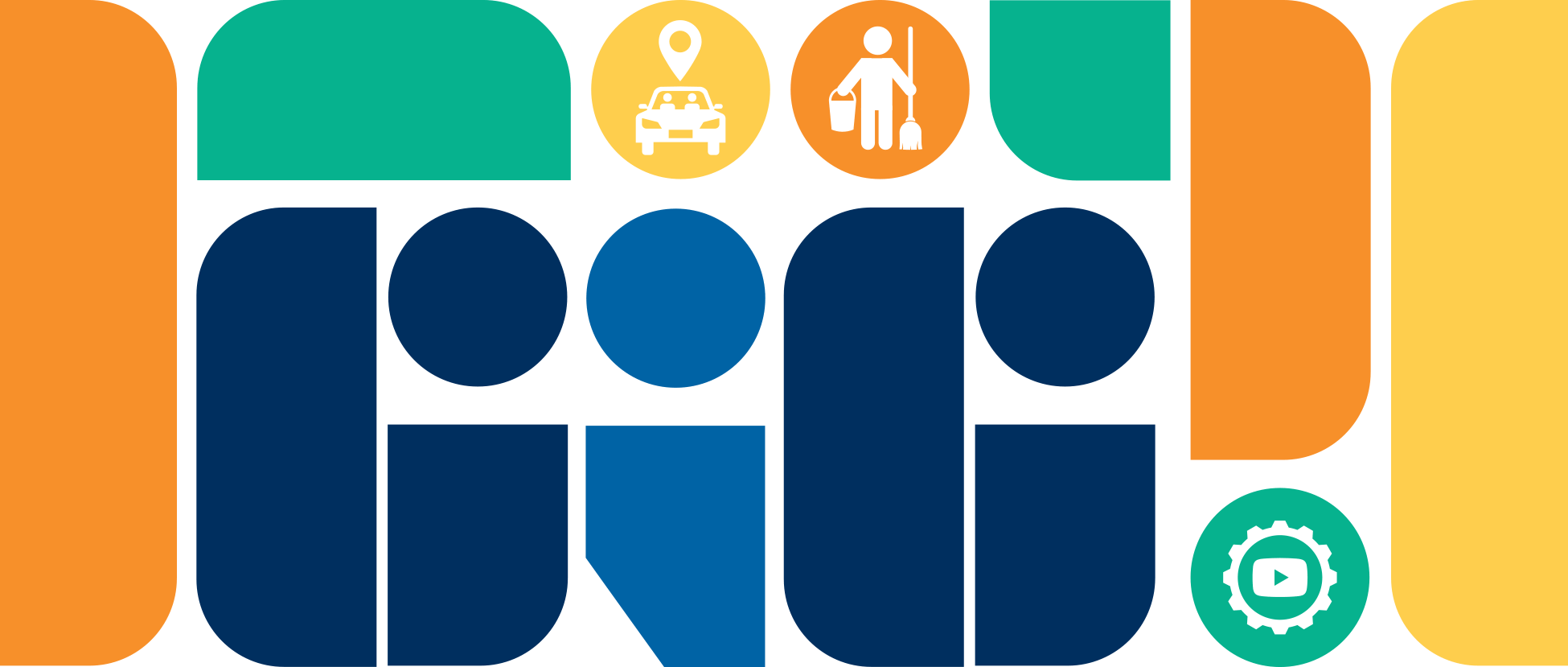- $600 for every senior citizen and every child in families earning less than $180,000, over the next six months.
- The elimination of the provincial gasoline tax for the next six months.
- Personal income tax to be retroactively reindexed to 2022 levels.
- Alberta’s Assured Income for the Severely Handicapped (AISH), income support, and income support for seniors will be reindexed to inflation, which means benefit rates will increase by 6% in January.
- An increased rebate on electricity bills of $200 per household (in addition to the previously announced program) and continuation of the government’s planned Natural Gas Rebate Program, that provides rebates in the event natural gas prices exceed $6.50 per gigajoule.
- An additional $20 million in funding for Alberta’s food banks and other civil society organizations.
Article
New affordability measures will help many Albertans
Government actions to tackle inflation are a move in the right direction, but more can be done
1 December 2022


Sources: Statistics Canada. Table 11-10-0066-01 Market Basket Measure (MBM) thresholds for the reference family for Calgary; Maytree Welfare in Canada report for the years 2015-2020. The 2022 Poverty Line is estimated from the 2018 base adjusted for inflation.
Resources
- Adequate income support programs are a critical part of the community’s social safety net. They complement and fill the gaps when well-paying employment is currently unavailable or for people unable to work full-time hours or at all. Learn more.
- Learn about more changes that could improve income support in Why do we penalize people who work while on Income Support.
- The report on Household Food Insecurity from the PROOF research team recommends better income support as a way to improve food security. Food insecurity expert Dr. Lynn McIntyre explores income-based solutions in her blog.
- A recent paper on inflation, income support and homelessness by the School of Public Policy shows a 1% increase in rent relative to income is associated with a 2% increase in the prevalence of homelessness.
Related Articles
Alberta gig workers push for recognition as unstable incomes, burnout take toll
New research from the Calgary Social Policy Collaborative reveals insights into trends, challenges and solutions for Alberta's gig workers

New research sheds light on Alberta’s gig economy
Calgary Social Policy Collaborative’s new report exposes the pressures facing Alberta’s gig workers and the policy tools that could better support them

Vibrant Communities Calgary addresses Council during budget deliberations
VCC’s advocacy to Calgary City Council on key social issues was covered by the Calgary Herald and Sun, and LiveWire Calgary.


